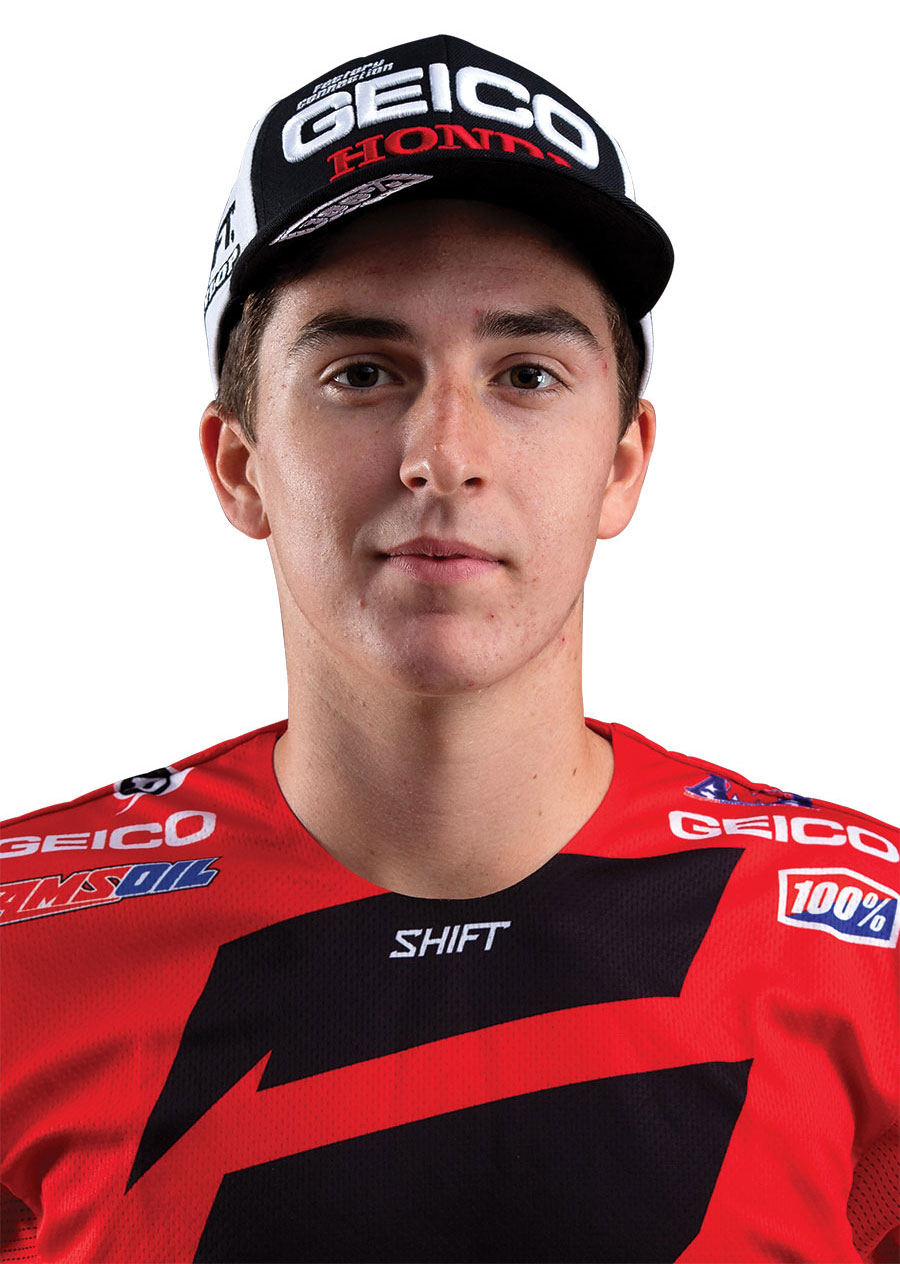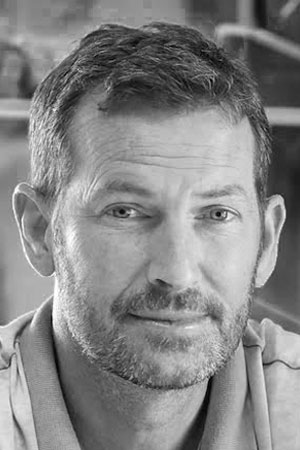



he motocross world will probably never really know just how close we all came to seeing Jeffrey Herlings, the reigning FIM Motocross World Champion and current FMOTP (fastest man on the planet), spending his summer racing here in Lucas Oil Pro Motocross. Herlings, unable to line up in the early MXGP rounds after badly injuring his foot in preseason training, was hoping to be ready by mid-May in order to cross the Atlantic to race against U.S.-based rivals like Eli Tomac, Ken Roczen, Marvin Musquin, and more. The Dutchman had gotten a taste of American motocross in 2017 through a cameo appearance at the last AMA round in Indiana, posting a convincing win. Now, with the MXGP title lost, he had a unique chance to race in America for a summer without having to go through the meat grinder that supercross often becomes for imported talent.
There was immediate pushback from some in the European MX media, who talked about it ending badly for Jeffrey—and they may have had a point if he’d lost, as Ryan Villopoto found out in 2015 when he went to Europe for a short, ill-advised misadventure.
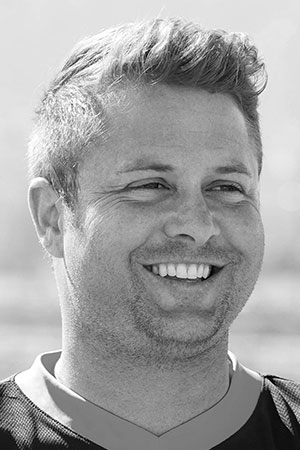



ith the supercross series winding down (I’m writing this with two races to go), I thought it would be a good time to sift through the good and the bad from the 2019 season. Before the main event blasted off at Anaheim 1 this year, very few would have picked Cooper Webb to be your 2019 champion. Even though “Coop” showed amazing speed and grit on the 250, it hadn’t translated to the 450 yet; his two seasons at Yamaha didn’t have many bright spots. Was that due to bikes? Personal issues? Attitude? Confidence? All the above? Regardless, his ride at the opening round was quietly impressive, and things just kept getting better from there.
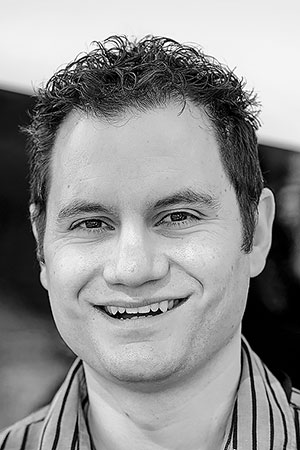

By JASON WEIGANDT ![]() @JASONWEIGANDT
@JASONWEIGANDT

By JASON WEIGANDT ![]() @JASONWEIGANDT
@JASONWEIGANDT

ere in the world of sports arguments, we want to talk about people, not parts. We all think we’re experts in the mental state of human beings—we’ve all walked around this earth with a brain having thoughts, right?—but our experience in race teams’ technical development is fairly limited. Also, that stuff is not fun to talk about. Parts don’t have a soul. They don’t create drama. Thus, all sports debates go in two directions: You have the camp that talks solely about who “wants it” or who is “complacent” or “confident.” That’s fun. You have another side that believes winning is simply a game of numbers, with stats and strategies trumping all.
You know something? The latter group is probably right. Statistical analytics have completely changed how stick and ball games are won. In motorsports, you can talk about the confidence, momentum, or determination of the drivers. Meanwhile, the fastest car wins.

Davey Coombs
PHOTOS: RICH SHEPHERD
& JEFF KARDAS

Davey Coombs
PHOTOS: RICH SHEPHERD
& JEFF KARDAS
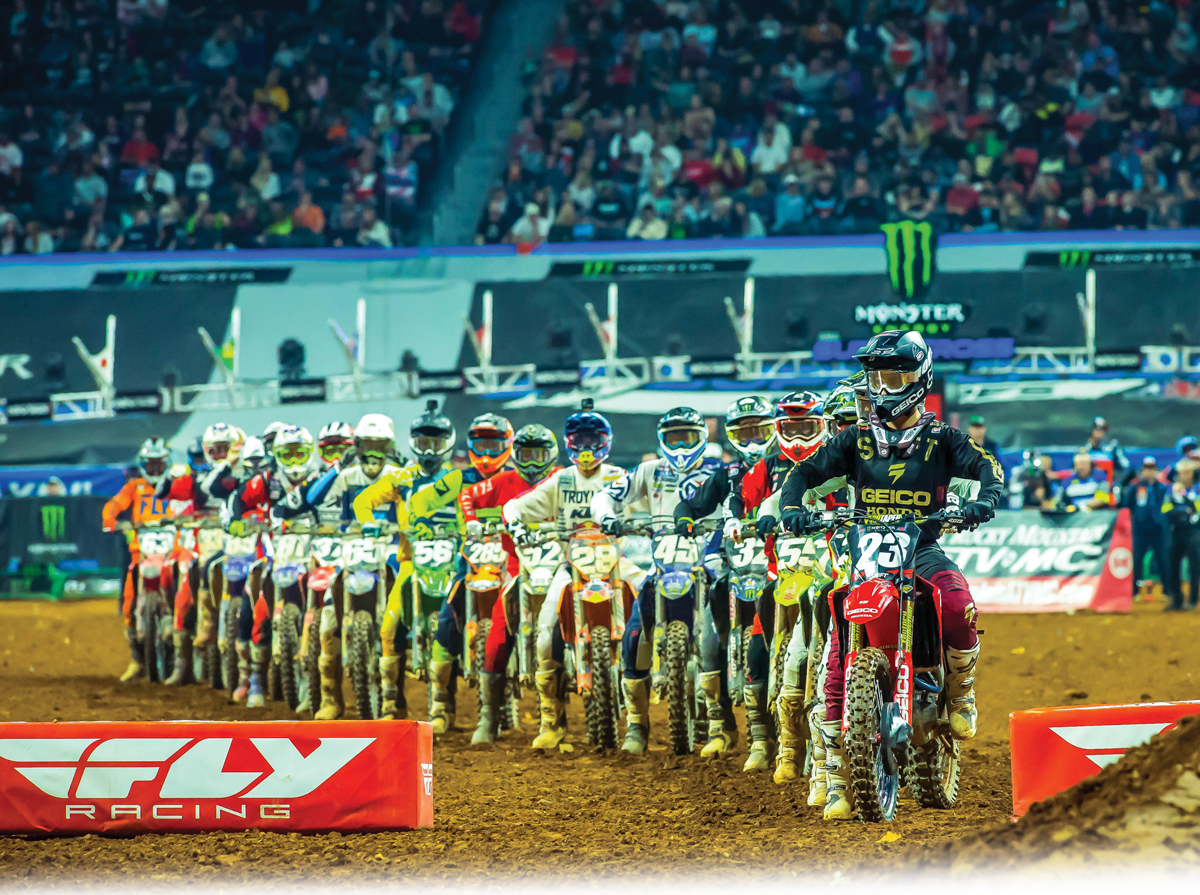

Davey Coombs
PHOTOS: RICH SHEPHERD
& JEFF KARDAS
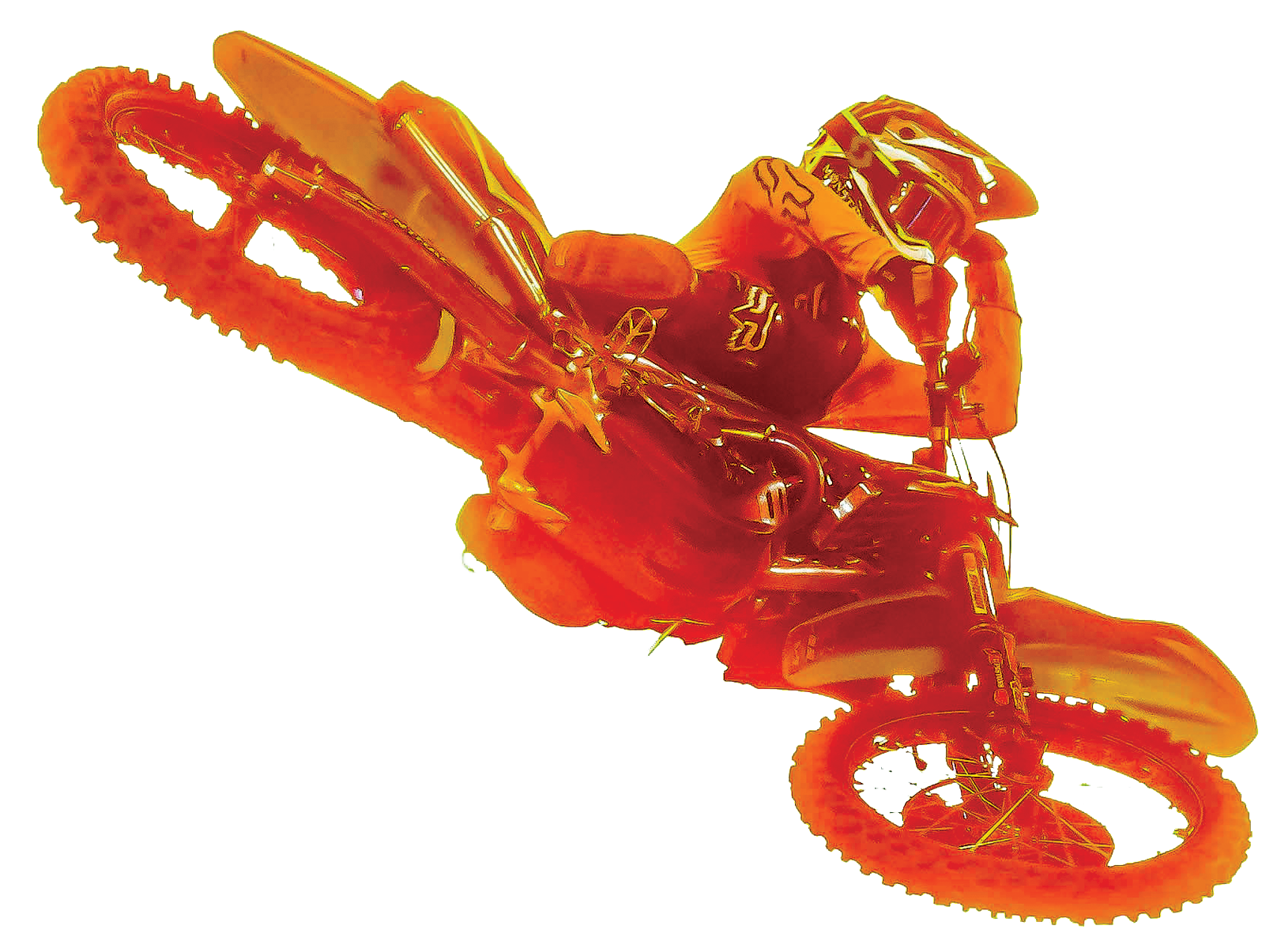

PHOTOS: RICH SHEPHERD & JEFF KARDAS
As far as brand names in this sport go, few ring with the power of Pro Circuit, the company that best married aftermarket performance with professional racing success. Yet, when you say “Pro Circuit,” everyone really thinks “Mitch”—as in company founder Mitch Payton.
Everyone knows Mitch. Everyone has a Mitch story (for a decade, we even made “Favorite Mitch Payton story?” a 2 Tribes question). This is a competitive world, but there’s too much respect for Mitch for anyone to be disrespectful. So when the tide turned and Pro Circuit finally stopped winning, it wasn’t Mitch’s engine building or business sense that got him back on top.
It took some help from his friends. And when you have more friends than anyone else, that’s a lot of help.



PHOTOS: RICH SHEPHERD & JEFF KARDAS
As far as brand names in this sport go, few ring with the power of Pro Circuit, the company that best married aftermarket performance with professional racing success. Yet, when you say “Pro Circuit,” everyone really thinks “Mitch”—as in company founder Mitch Payton.
Everyone knows Mitch. Everyone has a Mitch story (for a decade, we even made “Favorite Mitch Payton story?” a 2 Tribes question). This is a competitive world, but there’s too much respect for Mitch for anyone to be disrespectful. So when the tide turned and Pro Circuit finally stopped winning, it wasn’t Mitch’s engine building or business sense that got him back on top.
It took some help from his friends. And when you have more friends than anyone else, that’s a lot of help.

of
the
Tuners
WORDS: STEVE MATTHES


of
the
Tuners
of
the
Tuners
WORDS: STEVE MATTHES
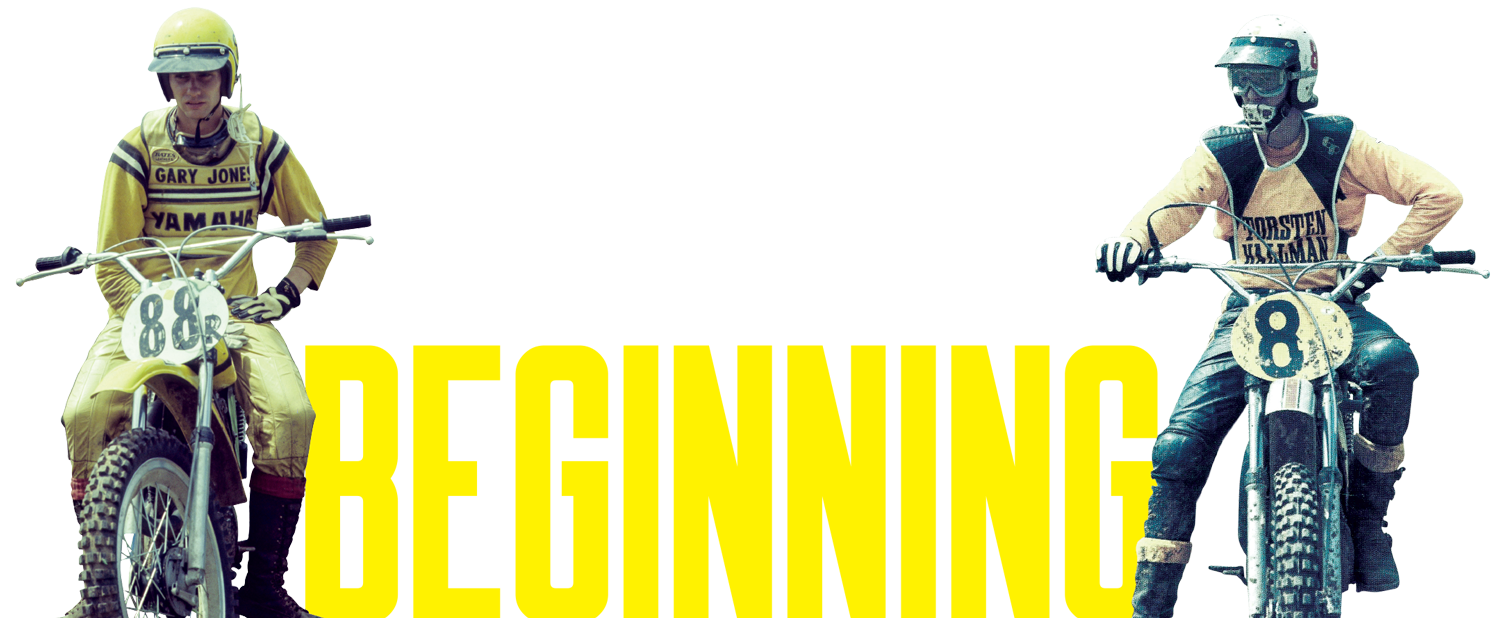
PHOTOS: SIMON CUDBY
The Owyhee Motorcycle Club was formed in 1940 to promote motorcycling in what’s known as the Treasure Valley of Idaho. They’ve held countless events out there, everything from TT to trials, poker runs to enduro. As a matter of fact, motocross history was made there on June 25, 1972, when a California kid named Gary Jones became the first American to win a major international motocross race, blitzing his 170-pound Yamaha “Y2” MX 250 to all three moto wins at the Boise Inter-Am. Finishing second was Torsten Hallman, the Swedish motocross legend around whom promoter Edison Dye had built his Inter-Am Series in the late sixties and early seventies. Cycle News described Jones’ day as “an absolutely superb performance of motocross artistry”—and it would have to have been to finally beat the Europeans, Hallman included. It was such a surprise that the promoter didn’t have a tape of “The Star-Spangled Banner” to play during the trophy ceremony, and the person who sang it before the race having left shortly thereafter. Jones’ non-contingency bonus for being the first American to do it? A crisp $100 bill.

PHOTOS: SIMON CUDBY
The Owyhee Motorcycle Club was formed in 1940 to promote motorcycling in what’s known as the Treasure Valley of Idaho. They’ve held countless events out there, everything from TT to trials, poker runs to enduro. As a matter of fact, motocross history was made there on June 25, 1972, when a California kid named Gary Jones became the first American to win a major international motocross race, blitzing his 170-pound Yamaha “Y2” MX 250 to all three moto wins at the Boise Inter-Am. Finishing second was Torsten Hallman, the Swedish motocross legend around whom promoter Edison Dye had built his Inter-Am Series in the late sixties and early seventies. Cycle News described Jones’ day as “an absolutely superb performance of motocross artistry”—and it would have to have been to finally beat the Europeans, Hallman included. It was such a surprise that the promoter didn’t have a tape of “The Star-Spangled Banner” to play during the trophy ceremony, and the person who sang it before the race having left shortly thereafter. Jones’ non-contingency bonus for being the first American to do it? A crisp $100 bill.
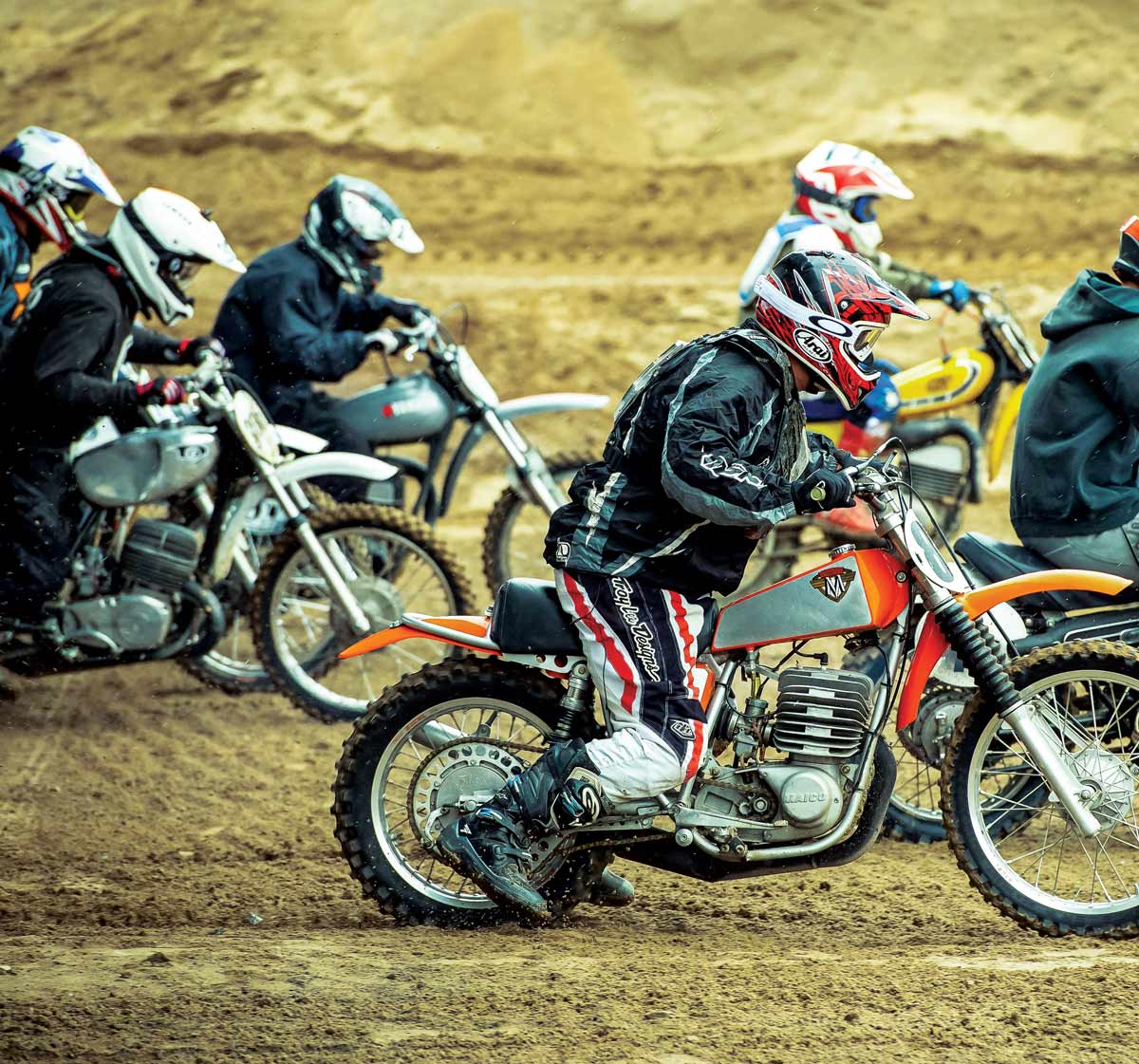


PHOTOS: KEN HILL & DEREK GARCIA

Mullins tried everything to recover, even training with Aldon Baker for a spell. By Steele Creek ’16, he nailed the holeshot in storybook fashion, but one big hit from one of Steele Creek’s numerous square-edged bumps tweaked his wrist again. He pulled off the track and soon called it a career.
At Steele Creek 2019, he was back, holeshotting and this time winning. Only this time he was on a completely different type of machine.


PHOTOS: KEN HILL & DEREK GARCIA

Mullins tried everything to recover, even training with Aldon Baker for a spell. By Steele Creek ’16, he nailed the holeshot in storybook fashion, but one big hit from one of Steele Creek’s numerous square-edged bumps tweaked his wrist again. He pulled off the track and soon called it a career.
At Steele Creek 2019, he was back, holeshotting and this time winning. Only this time he was on a completely different type of machine.




